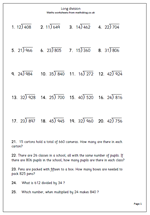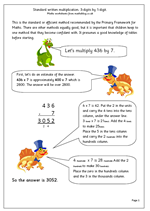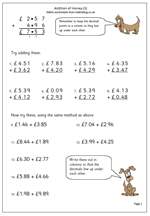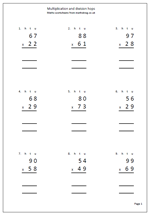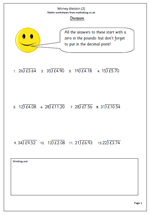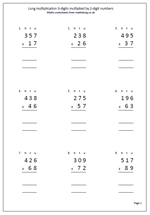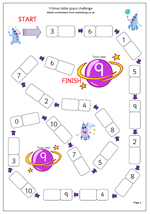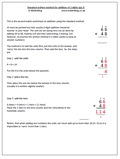If there is one thing which really proves to be tricky for primary school children it is long division. In fact there have been calls for it to be abandoned with the calculator taking over. However, if children do grasp the method they can get great satisfaction from working their way carefully through the method to reach a correct answer.
Long division is hard because it requires a good knowledge of tables, the ability to multiply, estimate, use trial and improvement and go through several steps to reach the answer. These steps include:
e.g. 789 divided by 36
First carry out an estimate of the answer. I think 789 divided by 36 is about 20.
a. How many 36s in 78?
b. 2 x 36 is 72. 3 x 36 is 108 which is too many, so it must be 2.
c. Put the 2 in the tens column above the question.
d. Place the 72 below the 78 and subtract.
e. 78 – 72 is 6.
f. ‘Bring down’ the 9 to make 69.
g. How many 36s in 69.
h. By trial and improvement and some rough work multiplying 36 by my estimated numbers I find that 36 x 1 = 36.
i. Put the 1 in the units column above the question.
j. Place the 36 under the 69 and subtract.
k. The remainder (33) must be less than the original number you are dividing by.
I would suggest that only those children who have really mastered the basics of times tables and written methods for addition, subtraction and multiplication try these.
